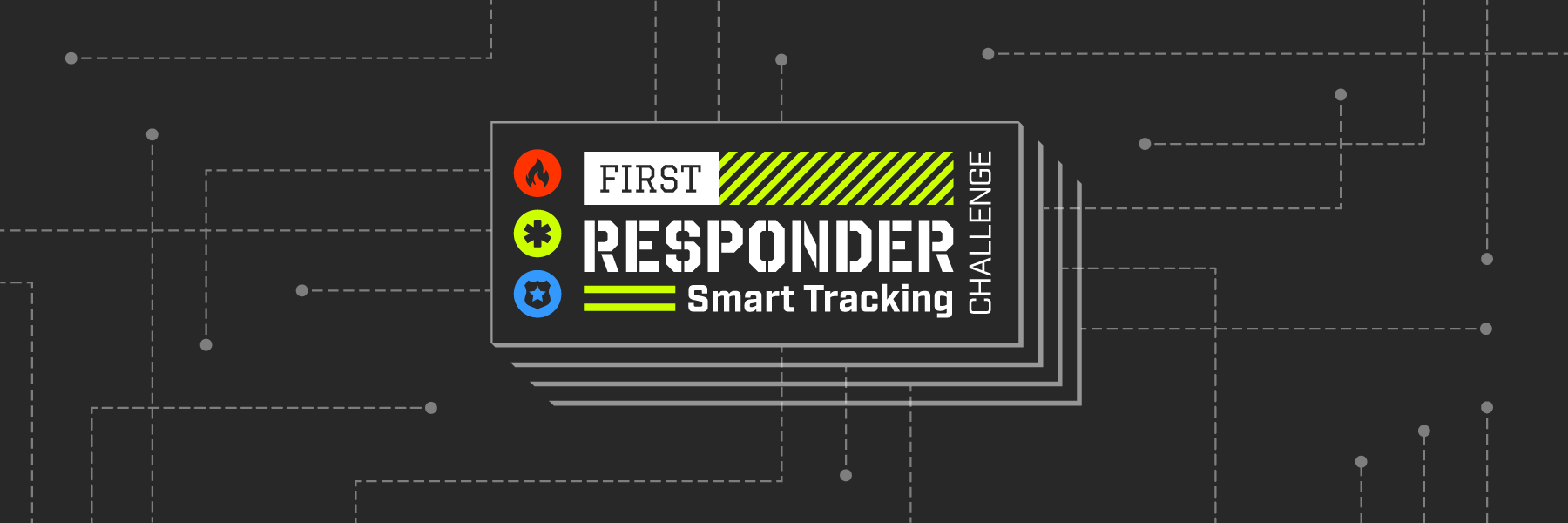First Responder Smart Tracking Challenge
Imagine being an incident commander at the scene of a raging building fire. You can tell from your vantage point the building has weak points in danger of imminent collapse. You know you have first responders inside. You just don’t know where inside.
Right now, when a first responder goes into a building, a tunnel, or a structure of any kind, incident commanders can’t tell exactly where they are unless they can physically see or talk to them. Unfortunately, conditions in an emergency aren’t always so kind. This puts first responders at great risk of serious injury or even death.
It doesn’t have to be this way. Risk is a reality in emergency response, but reducing that risk is possible. That’s what this competition strives to do. Technologies that could potentially provide better situational awareness to first responders have developed rapidly over the last decade, with many wireless devices and sensors emerging within the global context of the Internet of Things (IoT). Let’s use those to our advantage.
Your task (Phases 1-3)
Ultimately, and simply put, your task is to design the very best system to locate first responders in a structure. What you use to make that happen is up to you. The competition is divided into five phases, each of which whittles down competitors until only the very best remain.
Phase 1
Wow us with your white paper. Each team will submit a white paper detailing their proposed technology solution, their team qualifications, and their public safety partnership. Up to 30 teams will be invited to Phase 2.
Phase 2
Begin building and testing your prototype, and submit a system design and benchmark data paper with news of your progress. If progress is deemed adequate, you’ll be invited to Phase 3. Up to 30 teams will be invited to Phase 3.
Phase 3
Show us what you’ve got. Provide a complete system design and performance data. Then share a video of your prototype at work. Up to 10 teams will be invited to Phase 4
The gauntlet (Phases 4 and 5)
Your ideas will be tested and refined at the Muscatatuck Urban Training Center in Edinburgh, IN, a 1,000-acre site with more than 190 building structures and 1.8 miles of tunnels. First responders will use contestant technologies in a series of authentic simulated tasks. Up to six teams will advance to Phase 5, which involves more live field testing and demonstration to determine our winners.
The spoils
We will provide teams with adequate funds to accomplish the tasks at hand from Phase 1 onward. We recognize that hardware and software must be purchased to begin the prototyping process, and we will provide funding for that to our winners of each phase. Prize money grows as teams advance through each phase, and several winners will ultimately be selected in Phase 5.


